Every good story has good characters. Most people have different preferences in which characters they like. The different aspects of a character, such as their depth, personality, and overall aesthetics, are what guide people to those preferences. When there are usually general similarities in which characters most people like, there is a case to be made for certain characters to be objectively better in the story. And while popularity is not the strongest or most objective metric, examining those character aspects helps to uncover why someone might like one character over another.
|
by Aaron Argot The cornerstone of every story - film, television show, book, has to be its characters. They are the instruments that move the story along. One of my favorite things to do is ask people who their favorite characters are in a movie or tv show. Not surprisingly, a lot of the time we have different answers. People are going to have different preferences, and how good a character is can be subjective. But how much of it is subjectivity? There are clear ways to tell if a character is stronger than another. The most basic example is that the main character is likely to be preferred to that bartender that doesn’t even have a name in the script. There are a number of “categories” that can be looked at to see how some characters might be preferred over others. Each of these categories are more objective by themselves and it is the blending of them in a character is what can make characters stand out. Encanto (Byron Howard, Jared Bush, 2021), with its large and diverse cast makes it the perfect example. The first category, and also the one which holds the most weight, is depth. This is basically all of the information about a character that impacts the story. Character elements that this includes are things like a character’s backstory, and important details about that character, such as Mirabel’s exclusion of a magical gift, that proves itself a hardship for her to deal with, or Bruno’s reputation of making bad things happen. Oftentimes, the more screen time (or word count) a character has, the more fleshed out they will become and are more likely to stand out as a character than those with less, although this is in no way a fixed rule. The depth of a character changes as the media goes along, and is why we can go from hating a character to loving them. This is shown chiefly through Abuela and Isabella, who are generally disliked by the audience and grow to become liked by the audience. That change that was able to happen through the use of development and revelation is what made them stronger characters. However, that is just one example, villain characters and other characters that the story has us dislike can be stronger characters than most. Character depth is the most objective aspect when looking at whether a character is notable. Characters in Encanto who have lots of depth include Mirabel, Abuela, Bruno, and Isabella. The next category which might be equally as important for people when choosing who their favorite character is as depth, is personality. A character having a strong personality does hold a lot of merit for the likeability of that character. And there is something to say about strong personalities and the objectivity of a character's importance and presence in a story. Someone’s personality affects how they act,and character’s decisions often correlate to their depth. But even if a character just has a strong personality or just one that is likable, then that character can be called good. This varies from person to person and is less concrete and measurable, but from person to person, a character’s personality can be worth more than the depth of other characters and propel them to the rank of that person’s favorite. Even though personality is mostly subjective, I think that Pepa’s side of the family has a lot of personality. Pepa herself is vulnerable to mood swings, Félix is affectionate and uplifting, Dolores is more mellow and makes little squeaks when she’s talking, Camilo is funny and passionate, and Antonio is understanding and sometimes sarcastic. Personality can add to the atmosphere of a story and ultimately make it better, so it does play an objective role. The last category is likely the most subjective, and that is the aesthetic of a character. This includes different aspects about their identity and their appearance. This is one of the reasons it is good to have a diverse cast, so that the story does not end up being stale, and there ends up being a variety of characters people can prefer or identify with. In Encanto, there is a diverse range of ages, skin colors, and other aspects of their appearance. But there is another thing that is similar to aesthetics that is mostly not linked with appearance, and that is abilities. Some people like Batman over Superman for no greater reason than the skill set. Of course, oftentimes there is greater meaning connected to it, like sometimes someone will like Luisa because she is strong and that’s cool. But some might like Luisa because she is strong and helps her community and due to that has an overwhelming sense of pressure put on her. So while there definitely is a surface level of preference, there are also underlying reasons for liking some abilities over others.
Every good story has good characters. Most people have different preferences in which characters they like. The different aspects of a character, such as their depth, personality, and overall aesthetics, are what guide people to those preferences. When there are usually general similarities in which characters most people like, there is a case to be made for certain characters to be objectively better in the story. And while popularity is not the strongest or most objective metric, examining those character aspects helps to uncover why someone might like one character over another. by Emma Zeller Due to the constant push back caused by the Covid-19 pandemic, along with certain controversies that involved some of the cast, Death on the Nile (2022) was not as highly anticipated as some may have hoped. The murder mystery is a sequel to the 2017 film The Murder on the Orient Express, both directed by and starring Kenneth Branagh. The 2017 film was lackluster and forgettable which clouded my view going into this film, but after seeing it I was pleasantly surprised. Gal Gadot and Armie Hammer character’s wedding scene Death on the Nile is based on a novel by the same name written by Agatha Christie and has been adapted to screen a few times before. The film follows detective Hercule Poirot (Kenneth Branagh) as he investigates the death of Linnet Ridgeway, (Gal Gadot) After she is murdered while on her honeymoon with her new husband Simon Doyle (Armie Hammer). Other family and friends join them during their celebrations. The actual murder does not happen until later into the film, giving the audience time to connect with Linnet and the other characters. However, while time is given to connect with some characters many just appear in the movie to fill empty space. At times it seems like we are supposed to care about these filler characters and believe they serve a bigger purpose than they actually end up serving. The film’s ending was pleasantly predictable. From the beginning I was able to figure out who was going to get murdered and hwo had done it. Even though I predicted it, I was able to enjoy the process of Poirot piecing the story together. My only compliant was how long it took for the murder to actually occur. It seemed like they were just trying to drag out the run time for this film. Gal Gadot and Armie Hammer’s scene Kenneth Branagh’s performance was memorable and took my focus the whole film. Gal Gadot is very talented and was not given a lot to work with, but I believe she did the best she could with what she was given. The framing was the best part of the whole film. It was able to turn a simple shot of the newlyweds talking into a beautiful sequence. The editing and special effects did take away from the suspense of the film. A major factor was the location of the Nile and Egypt, it felt cheap and like they took the easy way out. The CGI was used frequently to provide wide shots that were unnecessary. Granted, there were points in the film that it was helpful to distinguish the location, but it soon became rather redundant. Kenneth Branagh starring sequence The film was predictable and could have had better editing. The CGI took my attention away from the story. The excellent camera work and framing could not make up for the poor ending. For as long as it took for the murder to actually occur, we deserved a better constructed ending. Besides all the technical aspects and the poor ending, the writing was enjoyable and I do recommend if you enjoy mysteries with a good heart to the story. Gal Gadot's Entrance
by Joel Cowart “We all want to be the perfect family, but who’s perfect, right? Every family has its challenges, from picture day to picky eaters. For my family, our greatest challenge is… probably the machine apocalypse.” The Mitchells vs. the Machines (2021) is an sci-fi action comedy animated film about family, mending relationships, and the consequences of relying too much on technology. Katie Mitchell (voiced by Abbi Jacobson) is ready to leave her family and finally meet “her people” across the country at film school. While she loves her family, in recent years they seem to have lost touch. Desperate to repair the rift that has grown between them before Katie leaves home, her father, Rick (voiced by Danny McBride), takes drastic measures, canceling all of Katie’s travel plans and devising a family cross country road trip to take her to school in their burnt orange 1993 station wagon. Katie is outraged by this, but has no choice but to go along with it. The Mitchell family and their dog Monchi Although their journey has a very rocky start, Katie begins to have a fun time with her family, making a film of their adventures along the way. During their trip, however, unbeknownst to the Mitchells, trouble is brewing. New AI robots created by big tech CEO Mark Bowman begin taking over the world, led by a sentient smartphone who feels betrayed at being replaced by said robots. Their objective: Capture all humans and send them into space where they can no longer ruin each other’s lives. Left as the sole survivors of the AI apocalypse by chance, the Mitchells hatch a plan to destroy the robots and save humanity with two good “humanized” robots they were able to save. However, Plan A doesn’t work out and saving the world is much harder than they could ever have imagined. The Mitchells and Co stare at a menacing object The Mitchells vs The Machines blends together the plots of family drama and the AI apocalypse surprisingly well. The goal of the robots is to remove relationships from the world, as they are hard, hurtful, and prevent people from reaching their full potential. Contrasting this ideal is the Mitchell family: full of flaws and seemingly broken beyond repair. Amidst the AI apocalypse, the Mitchells grow as a family. As the film progresses, more is revealed about Rick and why he is so averse towards Katie going to film school. Every character (including some of the robots) is inspired and changed along with the Mitchells. Although they are a quirky, fragmented family, the Mitchells begin to accept each other for who they are amidst their flaws. This is one of the most heartfelt films I have ever watched as well as one of the most comical. The Mitchells exit an exploding mall complex Kill Bill style The comedy in this film is on point. At first, I didn’t think I would like the occasionally awkward, early 2010s type of comedy, however, it was executed so well that I couldn’t help but continually laugh out loud. The comedic timing is near perfect, not to mention the thought that went into the editing that enhanced it. Its satire of modern tech culture is relatable and ridiculous, highlighting the habits and flaws that have arisen from using or relying on technology. Overall, this is one of the funniest films I have ever seen, and although it was occasionally a bit awkward, I loved it all the same. An average dinner at the Mitchell household The aspect of The Mitchells vs The Machines that really sells both its sincere profundity and its hilarious comedy is its unique animation. The animation was done by the same studio and some of the same staff members as Spiderman: Into the Spider-verse, a film known for its groundbreaking animation. The animation of The Mitchells vs The Machines goes beyond its predecessor with perhaps less visually stunning animation, but much more technically impressive and thematically intentional animation. Whereas Into the Spiderverse based its animation off of the pages of comic books, the animation of The Mitchells vs the Machines was built to emphasize human imperfections in an artistic way. The entire film was made to look hand drawn, using organic shapes, hand drawn lines, and watercolor textures. Much of this was done by overlaying paintings and drawings over the base 3DCG layer of the film. Adding 2D artistic flares that emphasize Katie’s emotions on top of every other layer emphasized this theme ever more, as well as created additional comedic moments. Every part of this film intentionally supports its theme so beautifully that one can not help but be in awe. (More on the Animation: https://www.youtube.com/watch?v=YJ42ruf2WQE) Katie Mitchell’s explosive imagination While most “family movies” have the somewhat negative connotation of being a “children’s movie,” The Mitchells vs the Machines is truly a film for the whole family. No matter who you are, you can relate to what at least one of the characters are going through. Although the film can be understood by and entertain children and teens, this film truly shines in its sophisticated themes and mature subtexts. Add this to some great classic film references, and this film becomes the perfect film for any person of any age. With the 2022 Oscars coming up, I was excited to see The Mitchells vs the Machines nominated for best animated picture. Due to its entertaining yet mature nature, as well as being one of my favorite films of all time, I truly hope it wins this year.
by Reed Milliken Cary Joji Fukunaga’s No Time to Die is the perfect bookend to the Daniel Craig James Bond era. I wouldn’t have labeled myself as a fan of the James Bond character before seeing No Time to Die, but despite that, I was still interested in seeing the new release. I rewatched all of the prior Daniel Craig installments in preparation, and I’m glad I did. I was instantly made aware as to why this franchise had such a following, and No Time to Die only fueled my newfound love for the films. The film not only served as a proper end to Daniel Craig’s take on the character, but it was also just a high-octane thriller that is just as exhilarating as it is poignant. If you’re a fan of action movies, the Daniel Craig James Bond movies, or any of the James Bond movies for that matter, you’re going to love No Time to Die. The following review contains spoilers for No Time to Die (Cary Joji Fukunaga, 2021), as well as the other films from Daniel Craig’s run as James Bond; Casino Royale (Martin Campbell, 2006), Quantum of Solace (Marc Forster, 2008), Skyfall (Sam Mendes, 2012), and Spectre (Sam Mendes, 2015). Reader discretion is advised. Stepping out of the theater, I was a little overwhelmed. With a runtime of over two and a half hours, there was a lot to unpack. I can confidently say that rewatching all of the Daniel Craig James Bond movies prior to your viewing is the best way to go into this movie. The plot of each movie heavily references the ones before it and the people who accompanied me to the theater who hadn't seen the prior four found themselves lost. One of my favorite hidden details of the movie is that I could tell that director Cary Joji Fukunaga was clearly a fan of some of the older Bond movies. The main villain of No Time to Die, Safin, owns an elaborate secret base set on a private island and employs a bunch of henchmen that wear matching clothes. I originally criticized the film for being too cartoony, but I soon realized that these features make the film very reminiscent of two of the more iconic James Bond films Dr. No (1962) and You Only Live Twice (1967), starring Sean Connery. Furthermore, a majority of the characters in No Time to Die are prone to quippy one-liners, one of the more iconic and memorable features found in the Connery era of James Bond. These features did admittedly feel a little out of place considering none of the other Daniel Craig movies used these tropes, but they were too much fun to feel negative towards. Director Cary Joji Fukunaga behind the scenes with Daniel Craig After looking through others’ reviews of No Time to Die, my biggest complaint of the movie seems to be a common one; not enough Ana De Armas. Her character, Paloma, was a charming and entertaining way to kick off the movie and was easily my favorite character apart from Bond. The two’s chemistry together was phenomenal, something I wasn’t exactly surprised to see after Daniel Craig and Ana De Armas’ work together in Knives Out (2019), therefore I would have loved to see her stick around as a main character throughout the film, rather than just the 10 minutes she got. Her absence in the remainder of the runtime was a letdown, but considering this is my biggest critique of the movie, I’m very happy with what we got. Daniel Craig and Ana De Armas during Armas' first scene Ana De Armas’ character was not the only one I enjoyed. Felix Leiter, a repeating character from throughout the franchise who was mainly business-oriented, is now featured as a fun-loving, quirky companion to Bond. I enjoyed seeing this side of Felix, as it finally felt like Felix’s character was done justice, and I don’t think his death would have hit me as hard as it did if it weren’t for these minor changes. As for the other characters, M worked for me all but once where his macho came off more comedic than stern, Moneypenny had a fun line about shooting Bond, Nomi did exactly what her character was supposed to and frustrated me from start to finish, and Q came out as gay which was a nice way to show inclusion without feeling too forced. Lyutsifer Safin, Rami Malek’s villain character, worked well for me too. Having Safin be the man that invaded Madeline Swann’s house as a child, a backstory that was given one movie prior in Spectre (2015), was not only a neat tie-in to a prior installment but also just worked really well from a plot standpoint. However, Safin as a character began to crumble as the movie continued. There is a scene in the third act where Bond's daughter bites Safin's finger and Safin just lets her run away. It didn’t make sense for Safin to do this, as he was, up until this point, shown to be ruthless towards all things James Bond, so it just came off as lazy writing. Safin was by no means my favorite Bond villain (looking at you Javiar Bardem), but I do like that he got his revenge on Madeline by killing Bond. Bond’s death gave Safin a happier ending than he did which was an odd choice but not one that I entirely disagree with. Rami Malek's villain character Lyutsifer Safin Speaking of, I love Daniel Craig's Bond, he really is the perfect cast. He can play the stern and intimidating, but switch it up to playful and flirtatious at the flip of a switch. I felt like his character changed a little bit with each movie, but at least he ended on a high note. I'm still a little unsure how I feel about the nature of his death, but despite that, it still hit me like a ton of bricks. It is probably the most emotional I've gotten in a movie theater, especially after watching the other four so soon before my viewing. My only issue is how long those missiles took to reach the island. There were at least 10 minutes of runtime between the launch and the impact, giving Bond plenty of time to die which is funny considering the title. I liked the story. It wasn't perfect, for example killing off Spectre and Blofield, the big overarching villains from the entire franchise so unceremoniously was frustrating, but besides that, it was all pretty decent. I wish the main disease used in the movie didn't parallel so much with COVID, but the movie was filmed before the pandemic so I won't be too harsh about that. It is, however, very interesting how that not only happened to line up but that the studio decided to keep it in too. I know that parallels to COVID have scared movie studios in the past, I think Locked Down (2021) set a good example moving forward for how audiences want Hollywood to treat the pandemic. Locked Down is a movie about a heist that takes place during COVID that performed poorly at the box office presumably because people wanted to escape from the virus, not consume more content about it. One instance of a studio changing their work to avoid parallels to COVID was Marvel Studios’ The Falcon and the Winter Soldier (2021). The show had a subplot involving a viral disease and was reshot to work around it. I respect No Time to Die for not trying to rush and change the plot last minute, as The Falcon and the Winter Soldier didn’t exactly turn out amazing. However, parallels or not, I just wish they hadn't included the prefix "nano-" in the virus description. It’s such a cliché name for a MacGuffin and felt very out of place here. One of the more memorable shots of Daniel Craig's James Bond In the end, No Time to Die was a fitting end to the Craig era. Moving forward, I am excited to both go back and rewatch the old ones, as well as see who Eon has in store for us next. If you have followed the Daniel Craig movies thus far, and enjoy movies like the Mission: Impossible franchise or the Jason Bourne franchise, this movie is a must-see. It’s an amazing action movie even on its own, I just suggest you watch it with someone who’s a little more knowledgeable on the franchise so you’re not completely lost.
|
Archives
April 2024
|

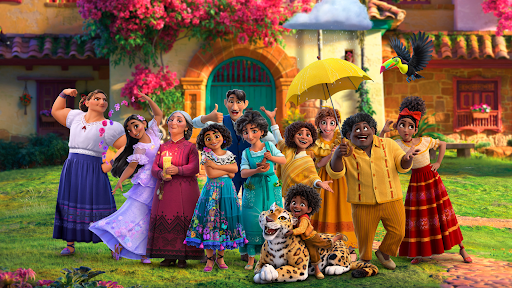
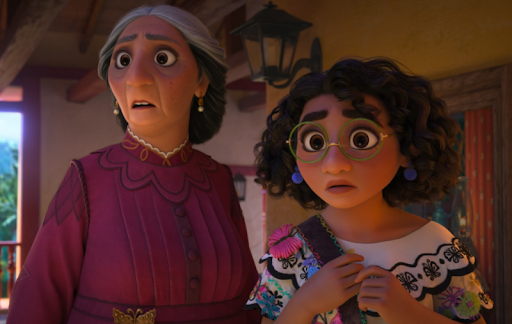
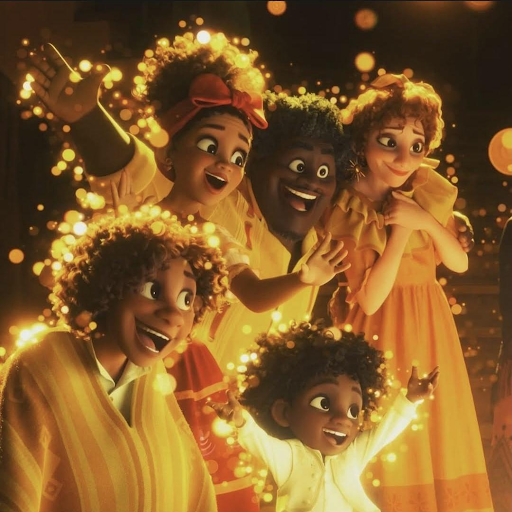

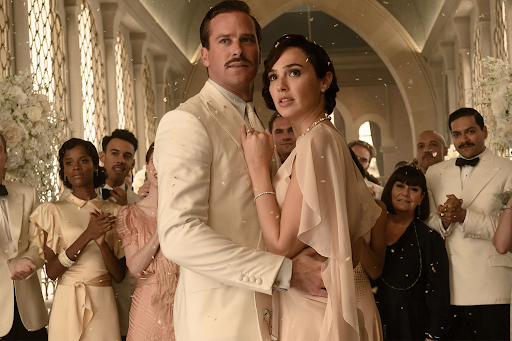
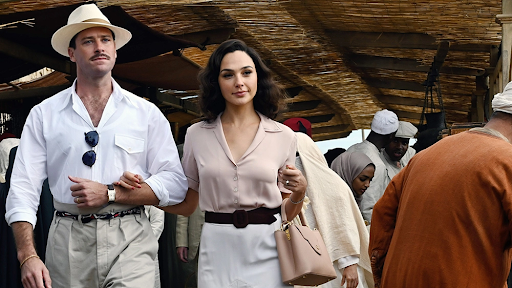
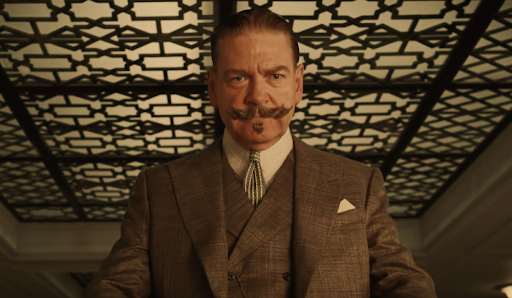
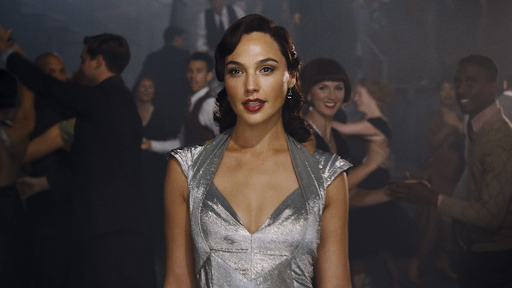
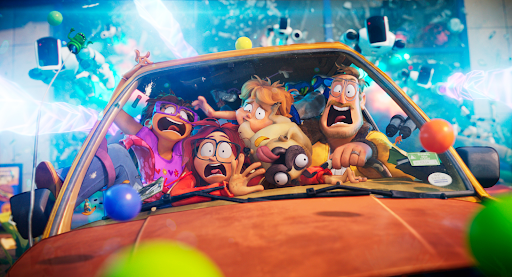

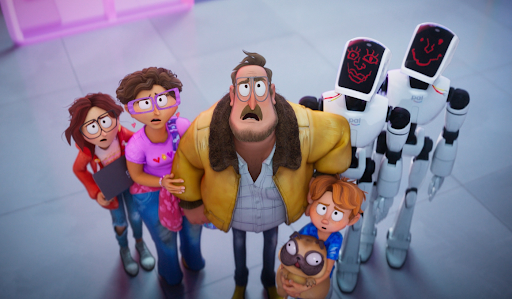
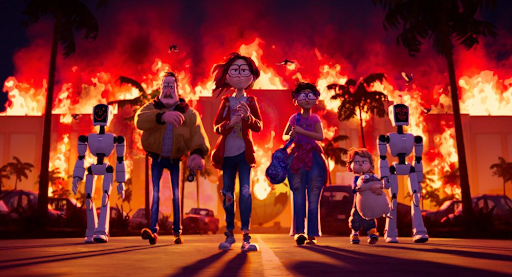
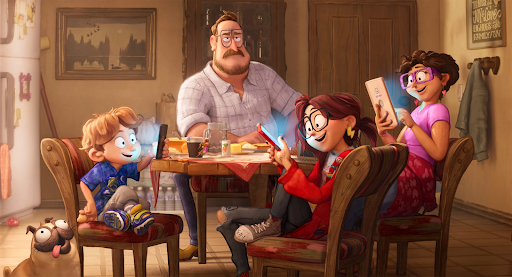
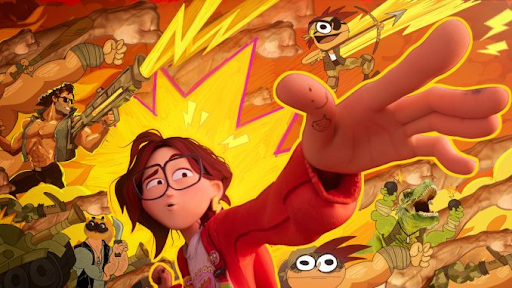

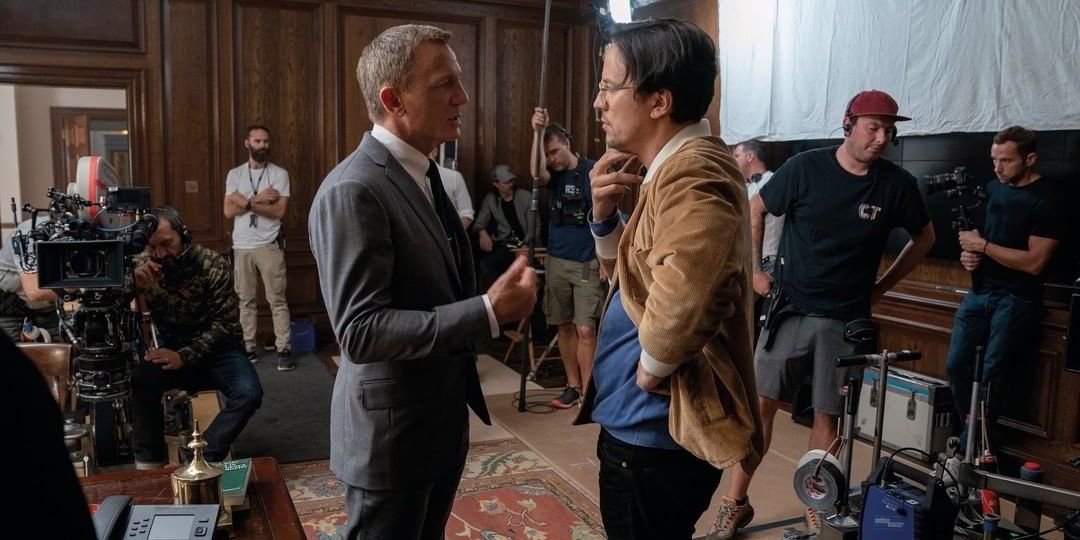
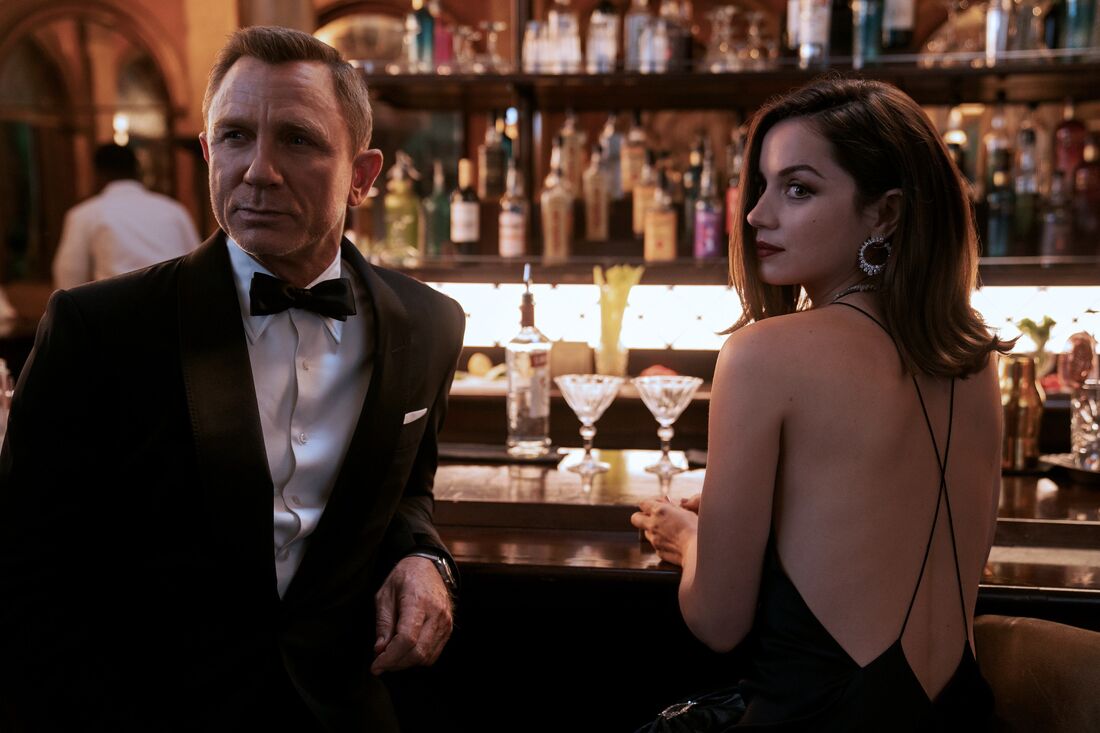
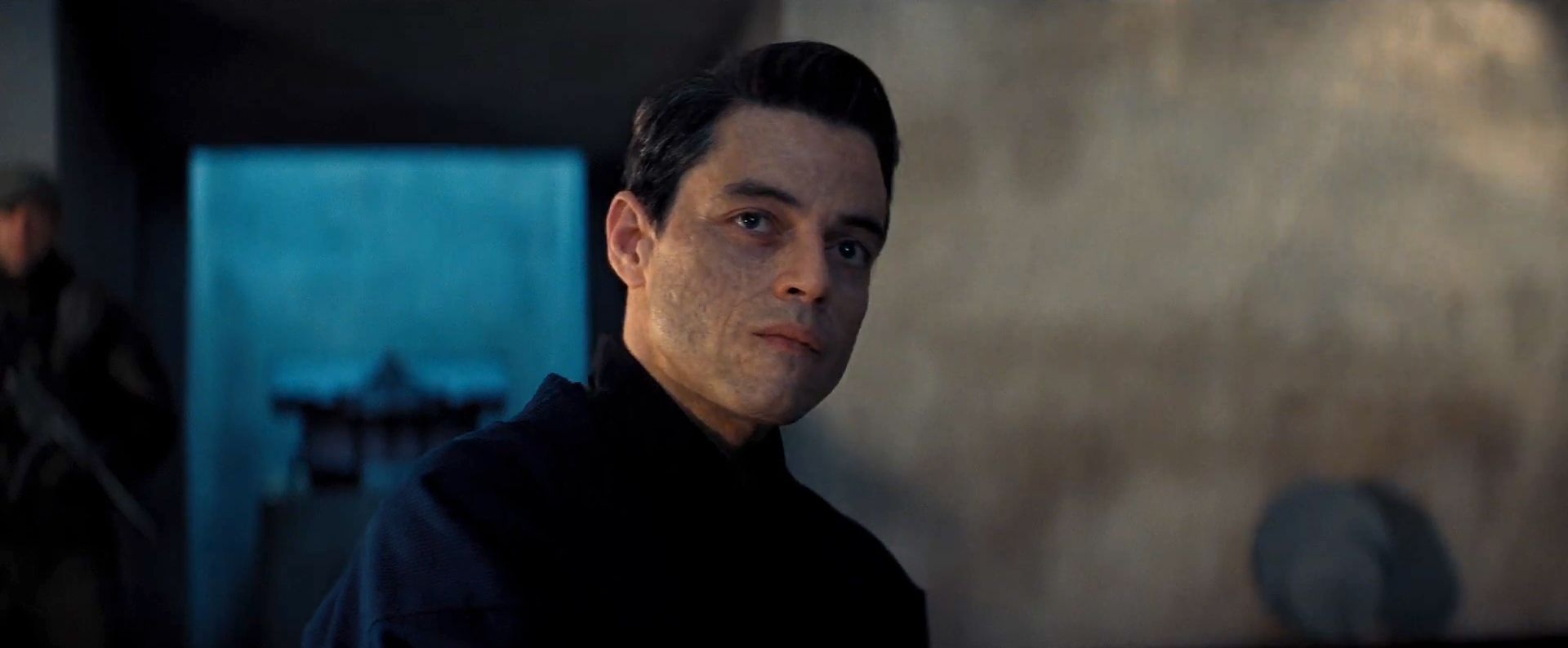
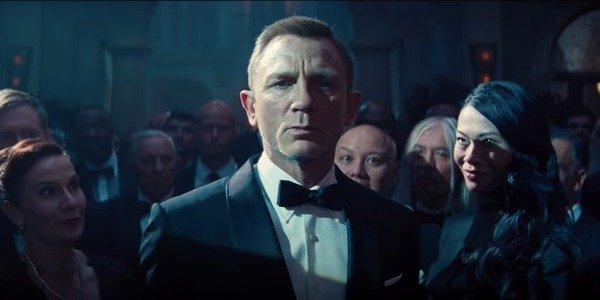
 RSS Feed
RSS Feed
